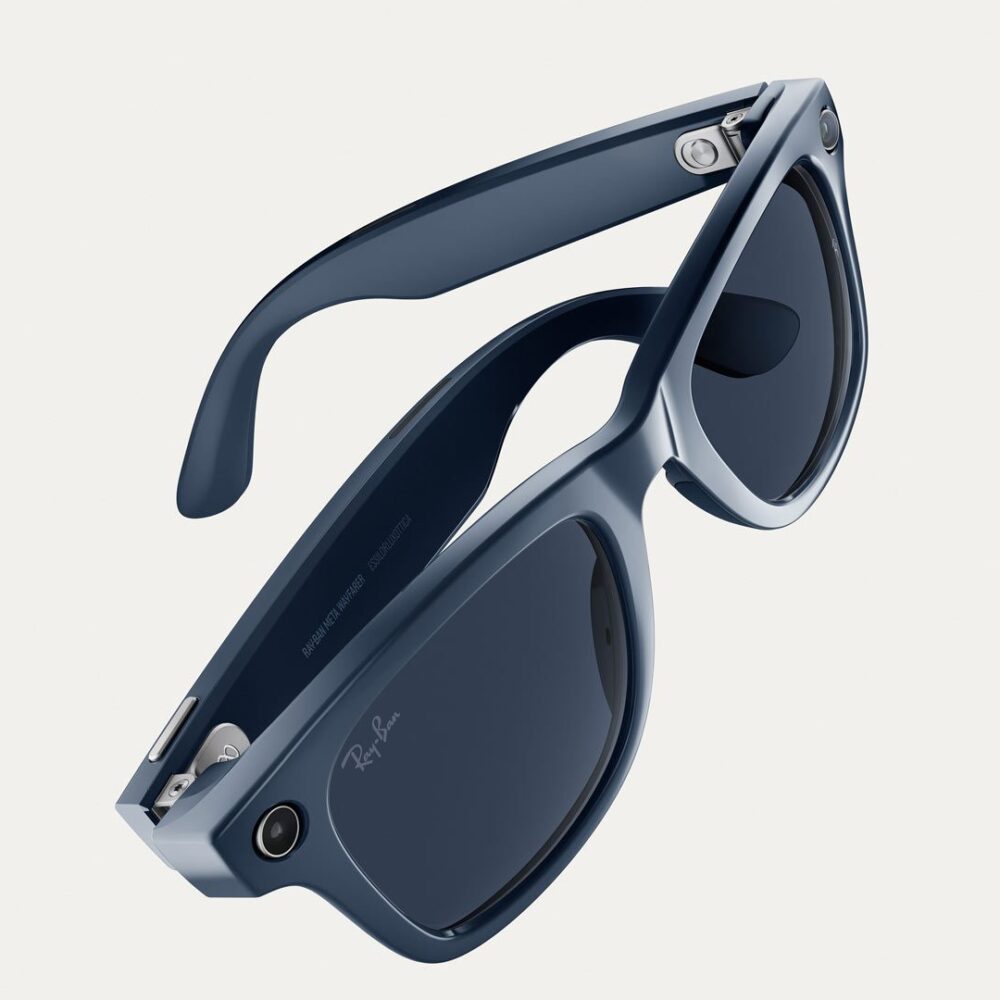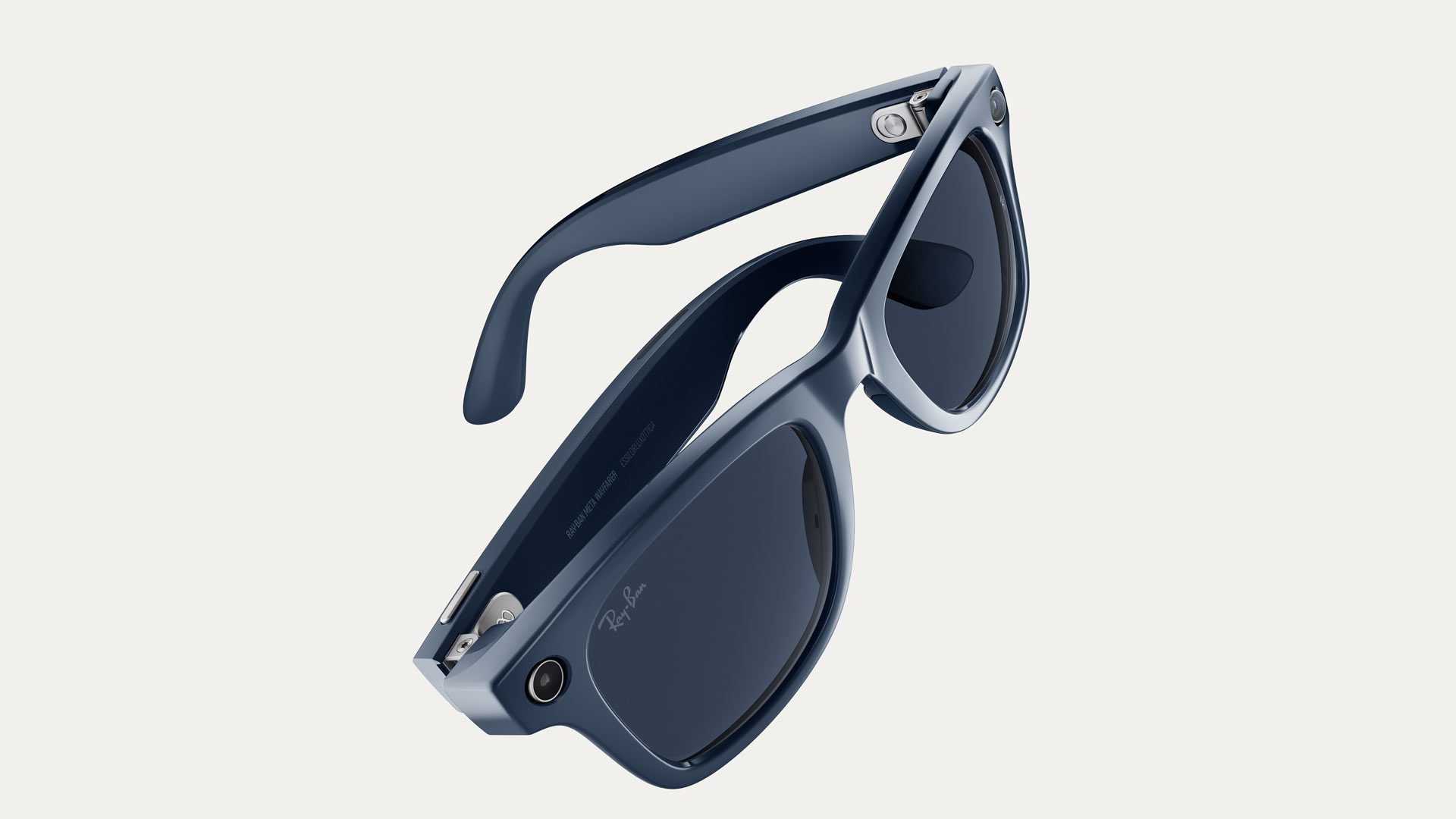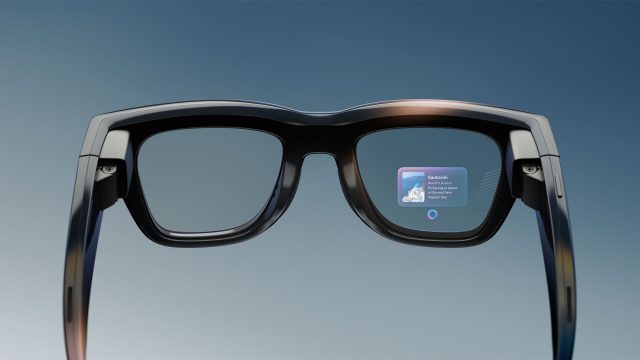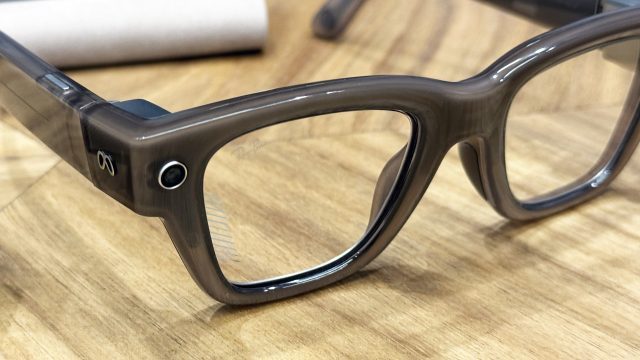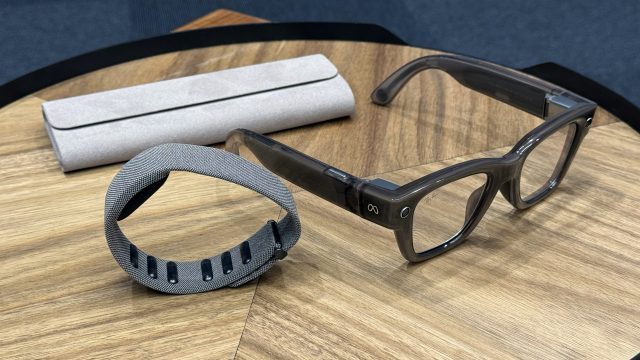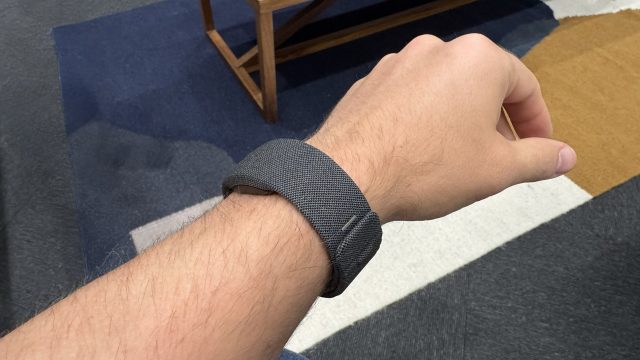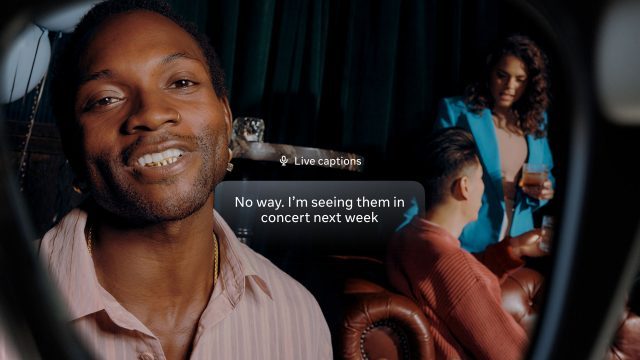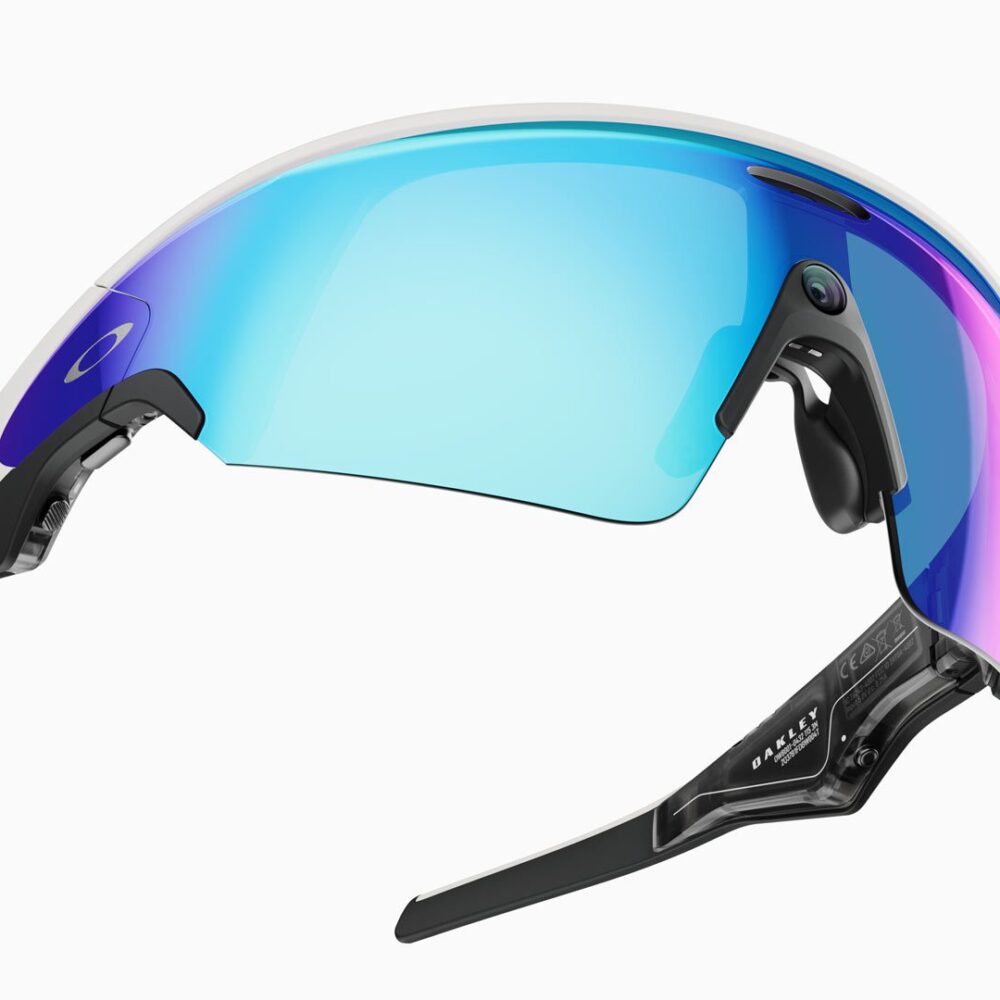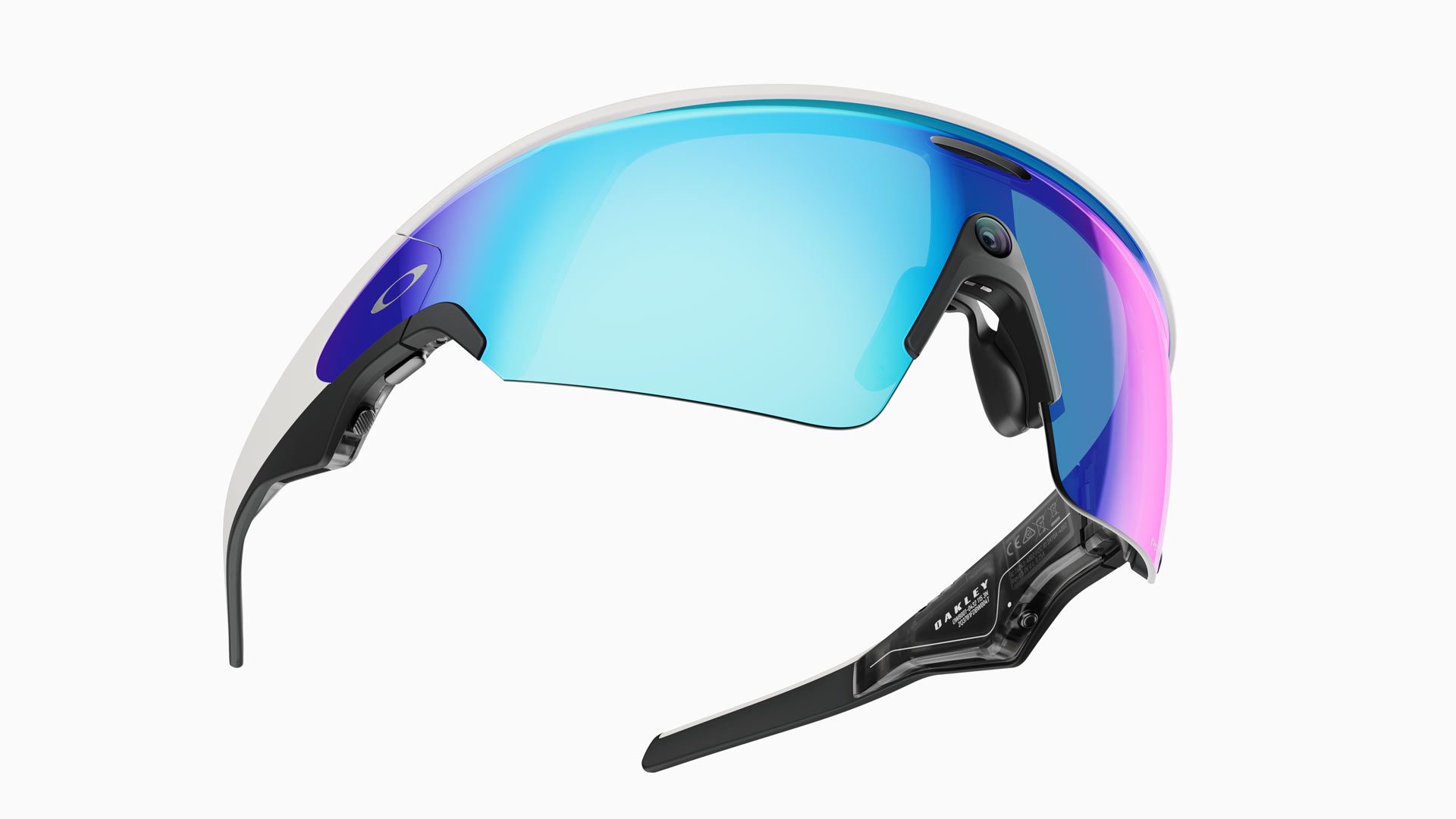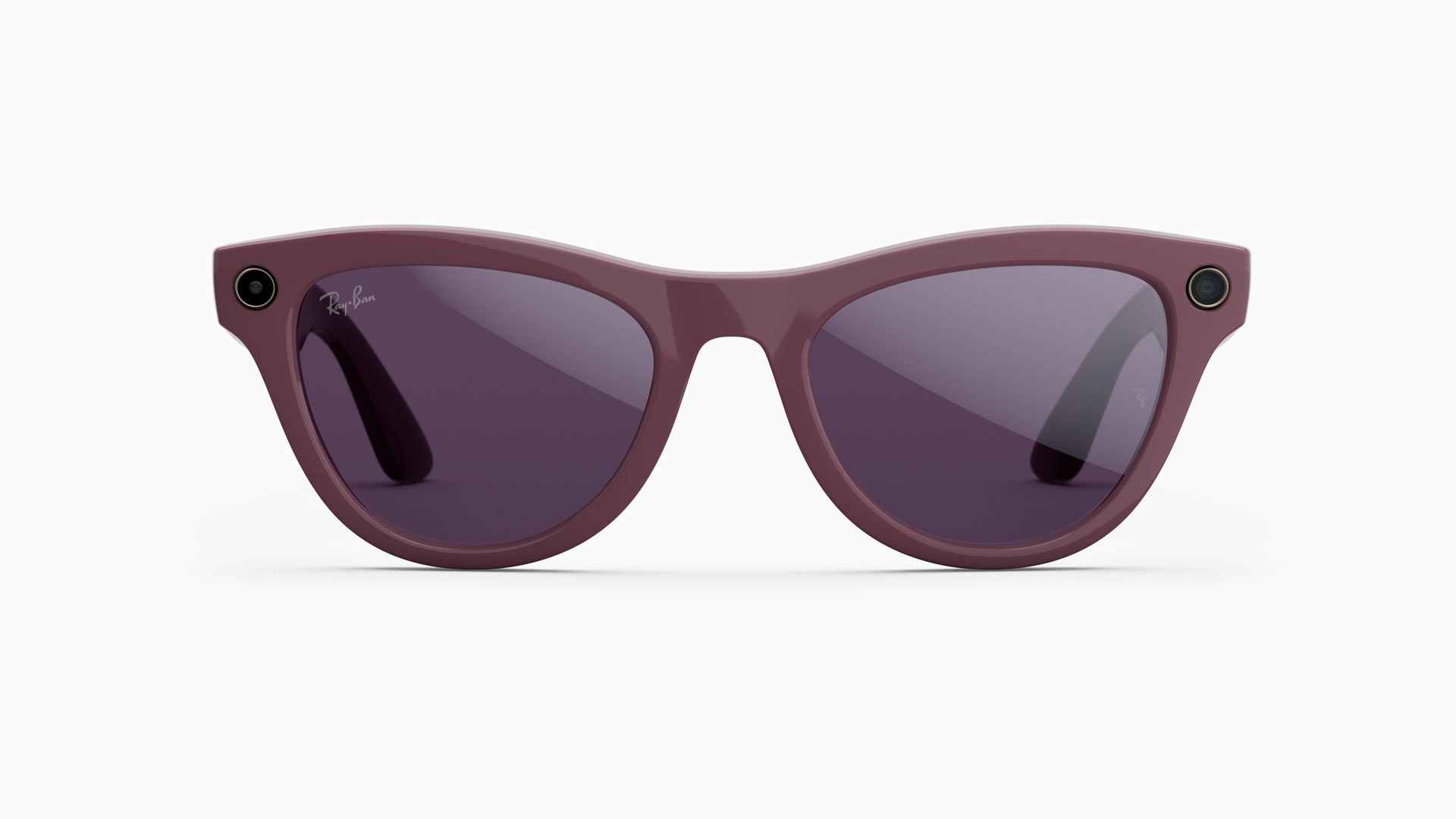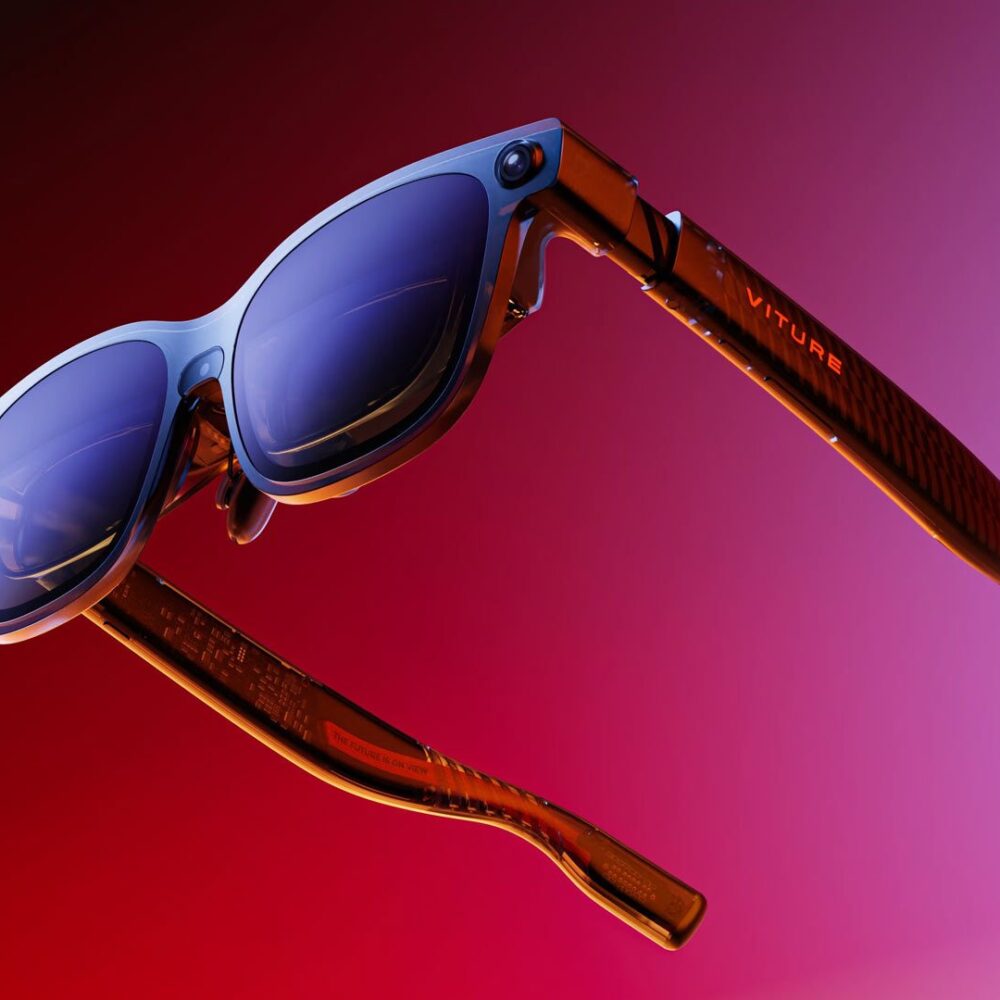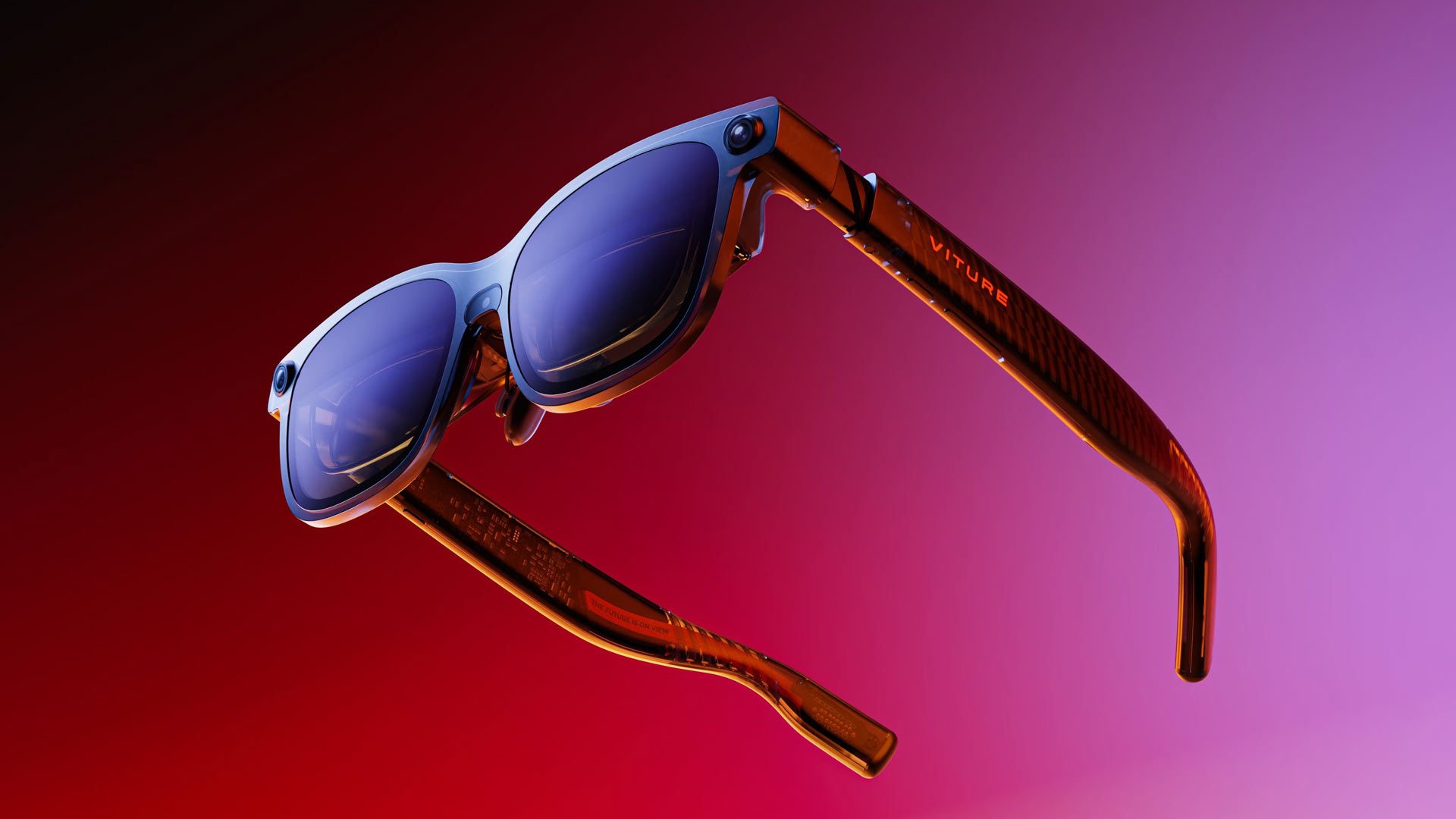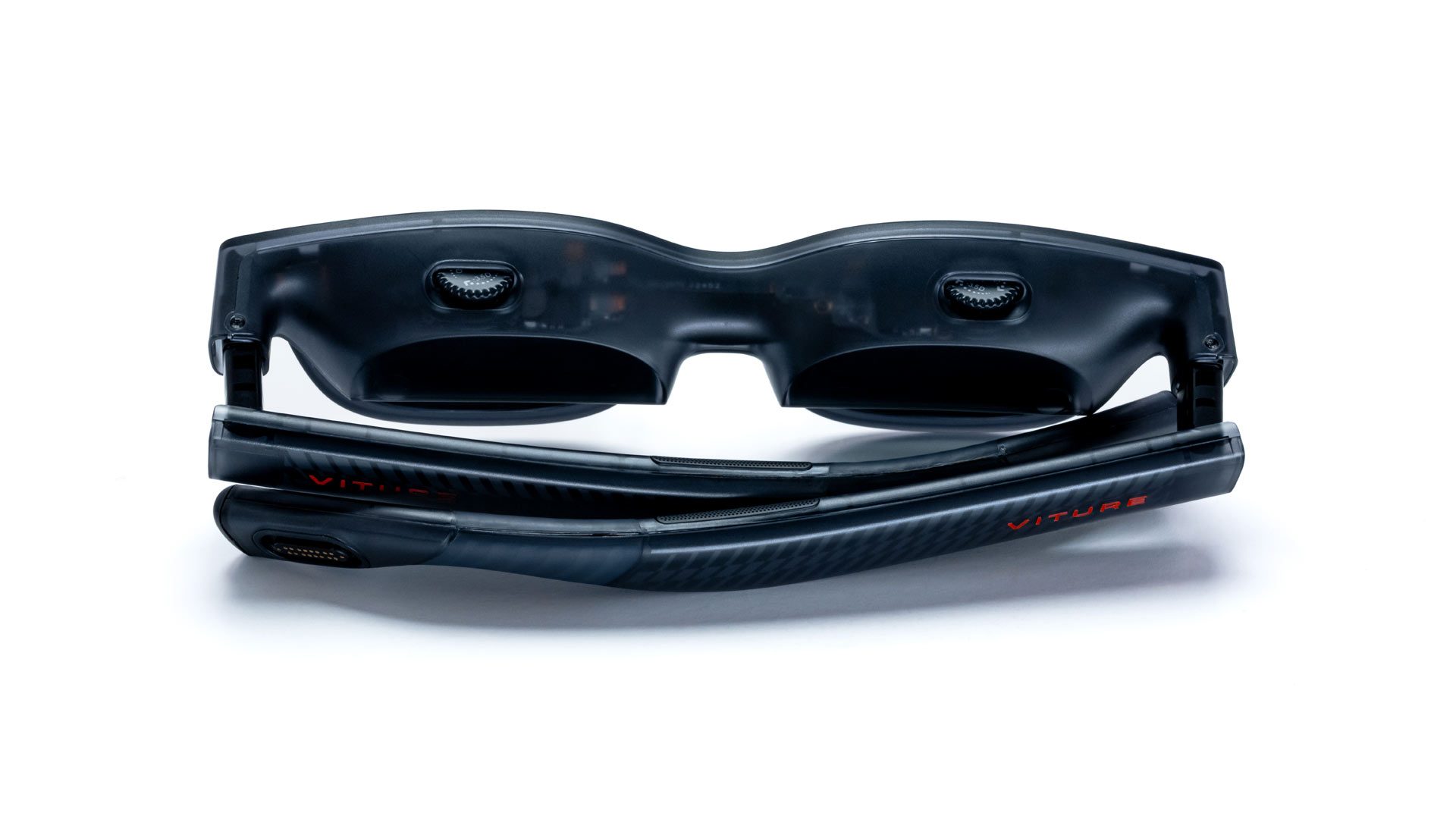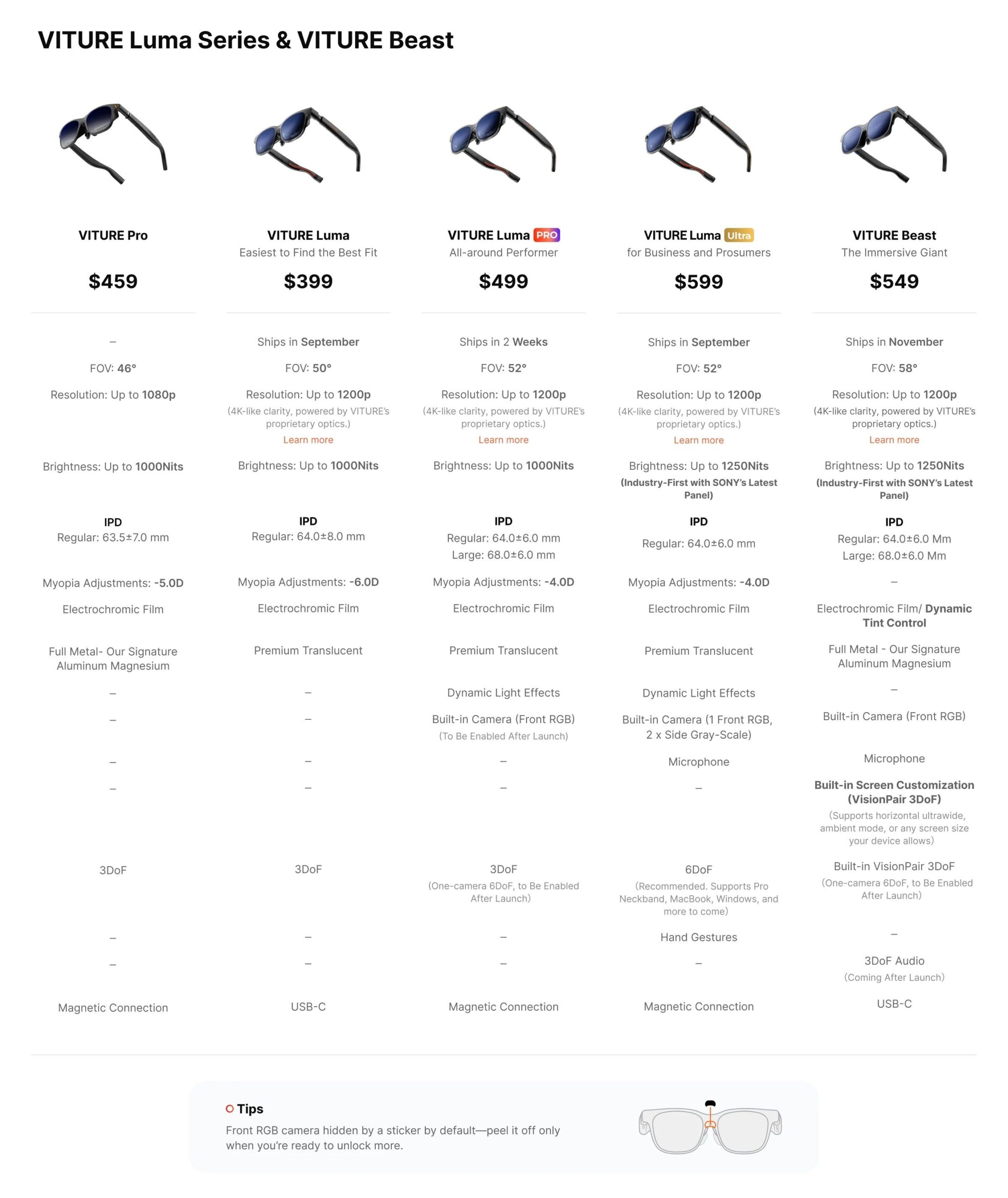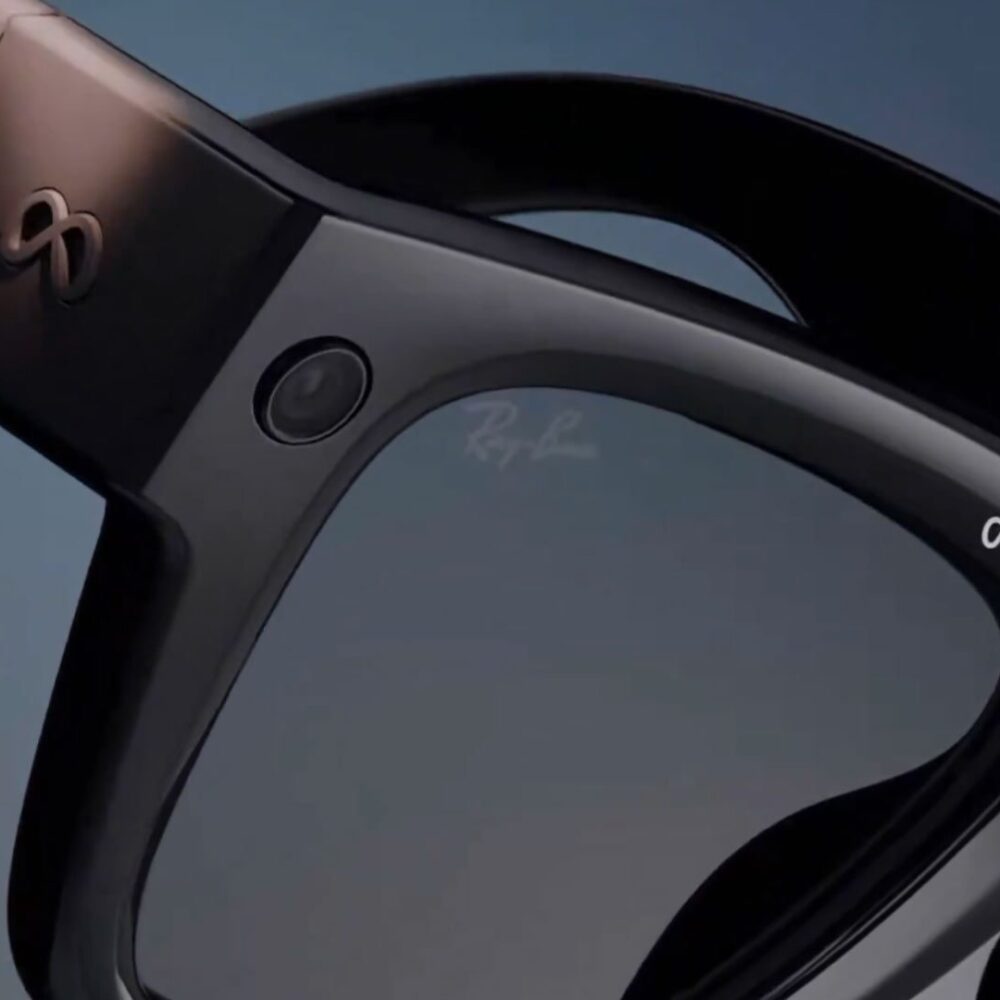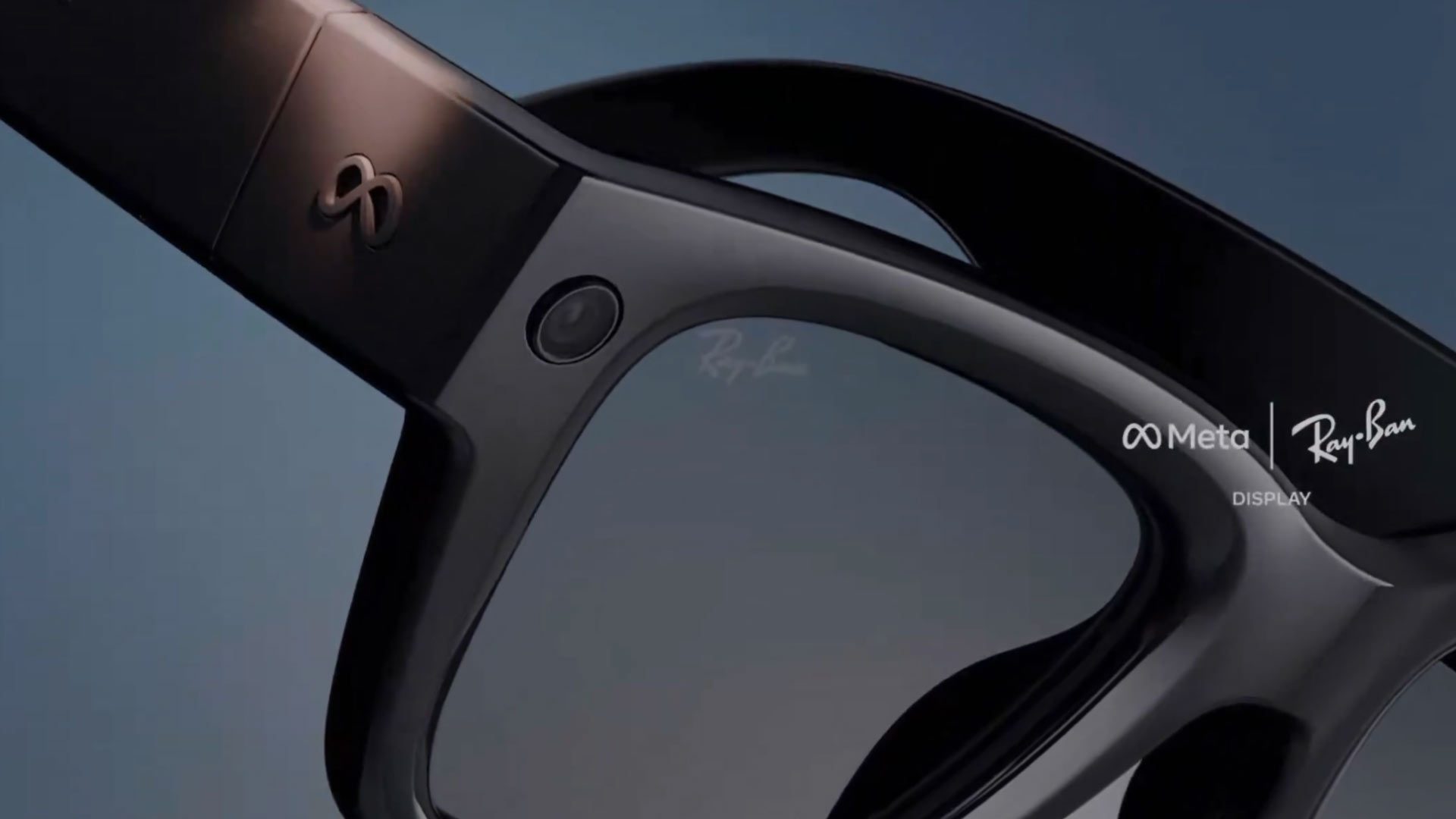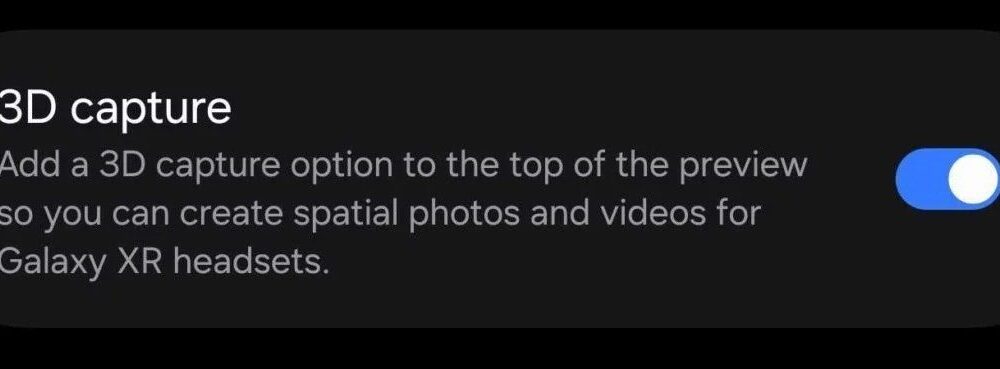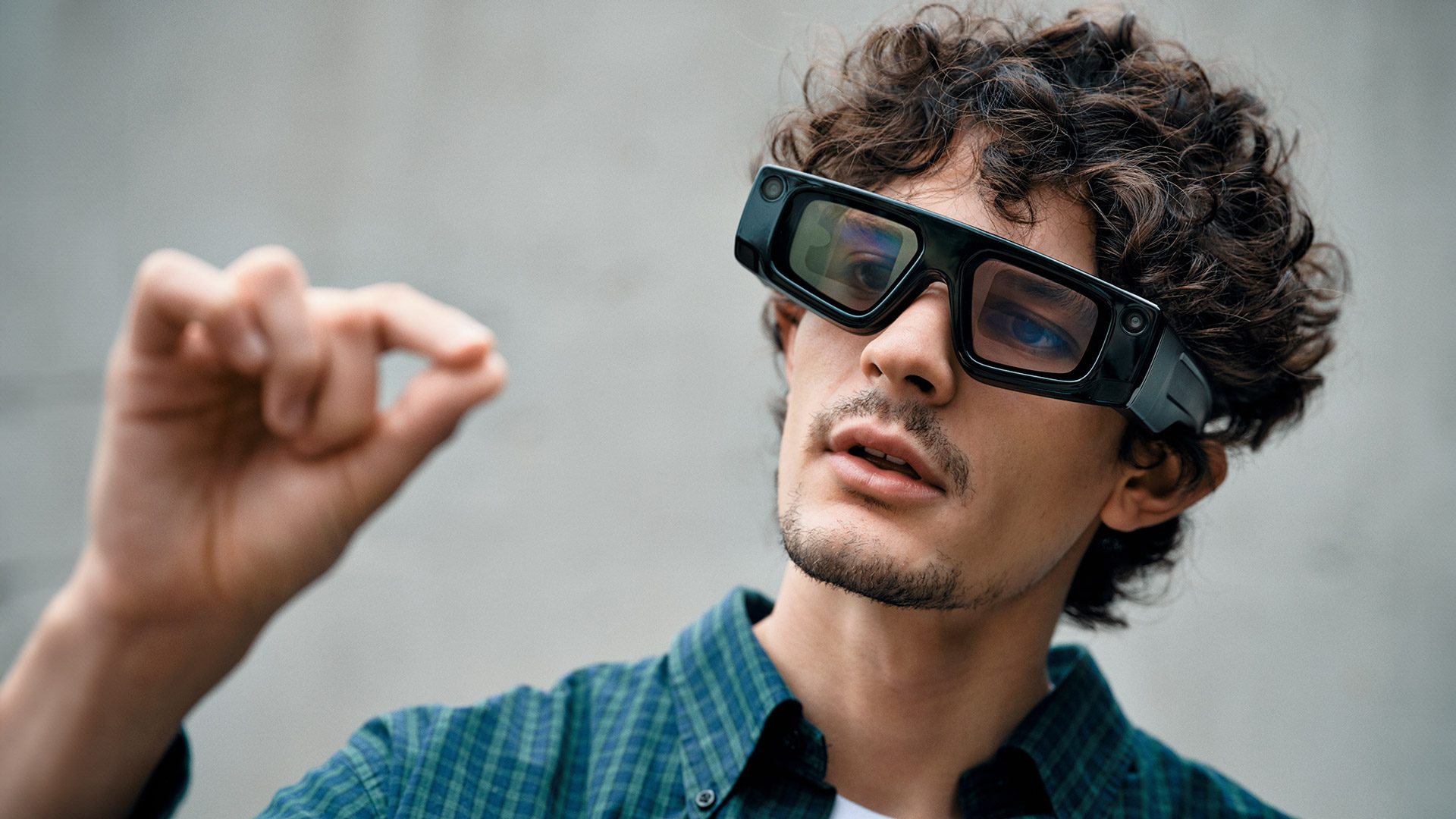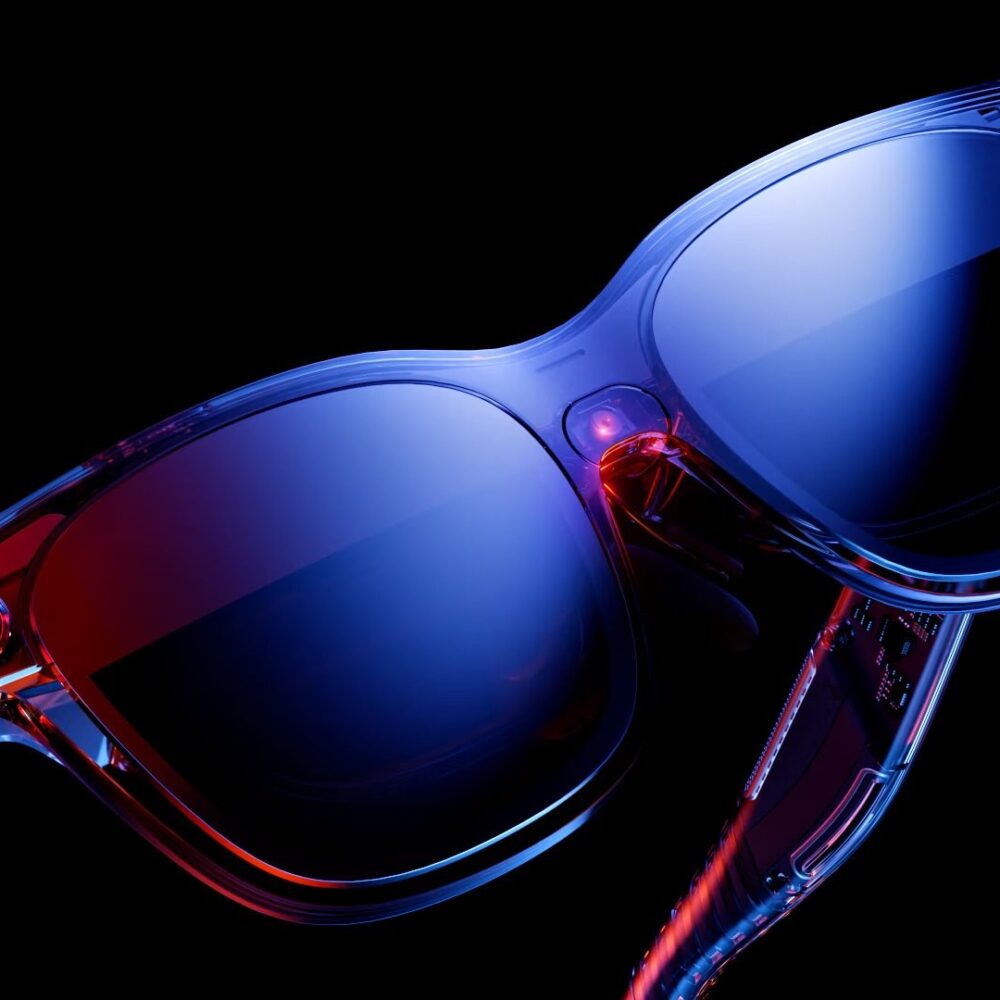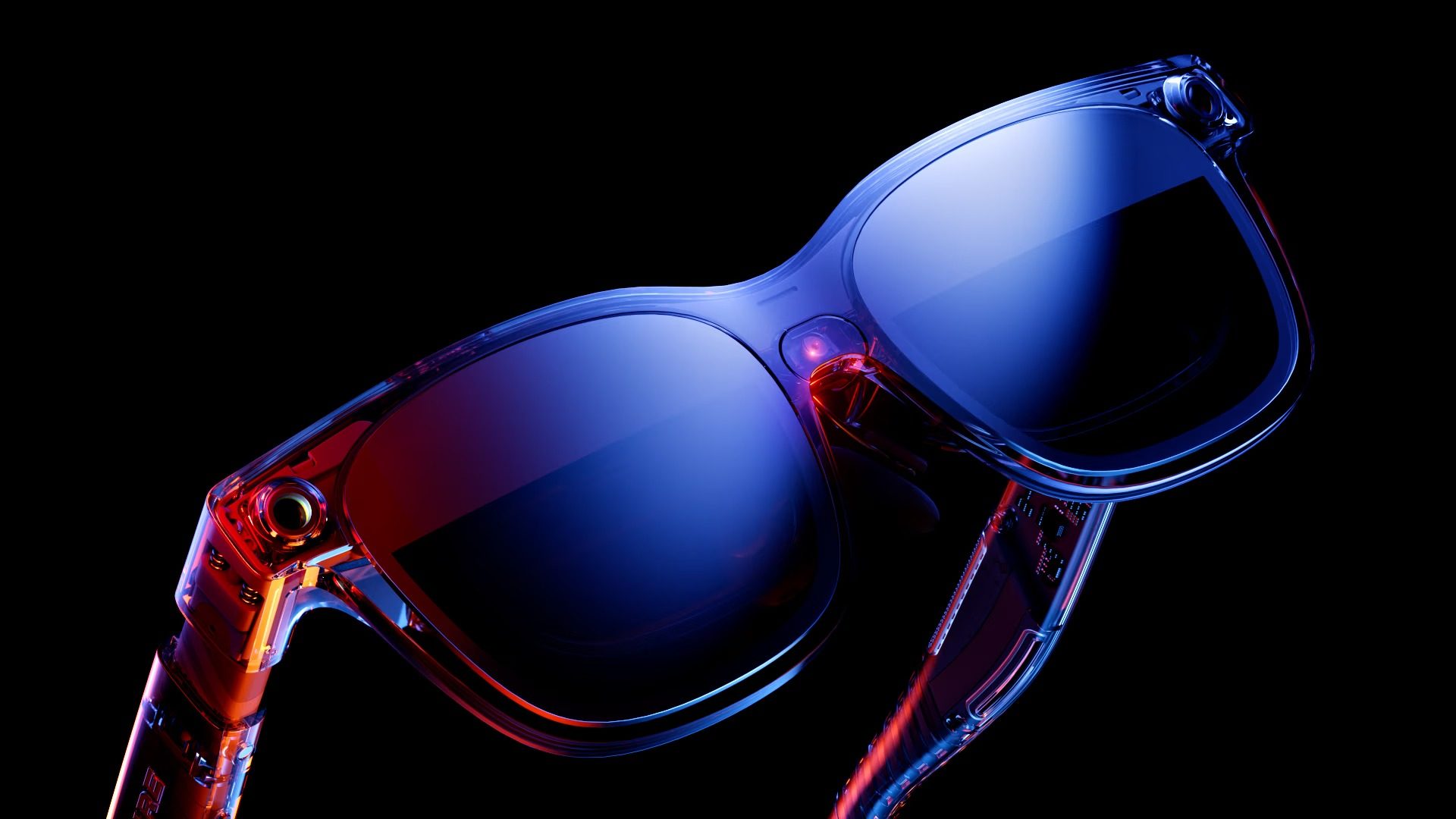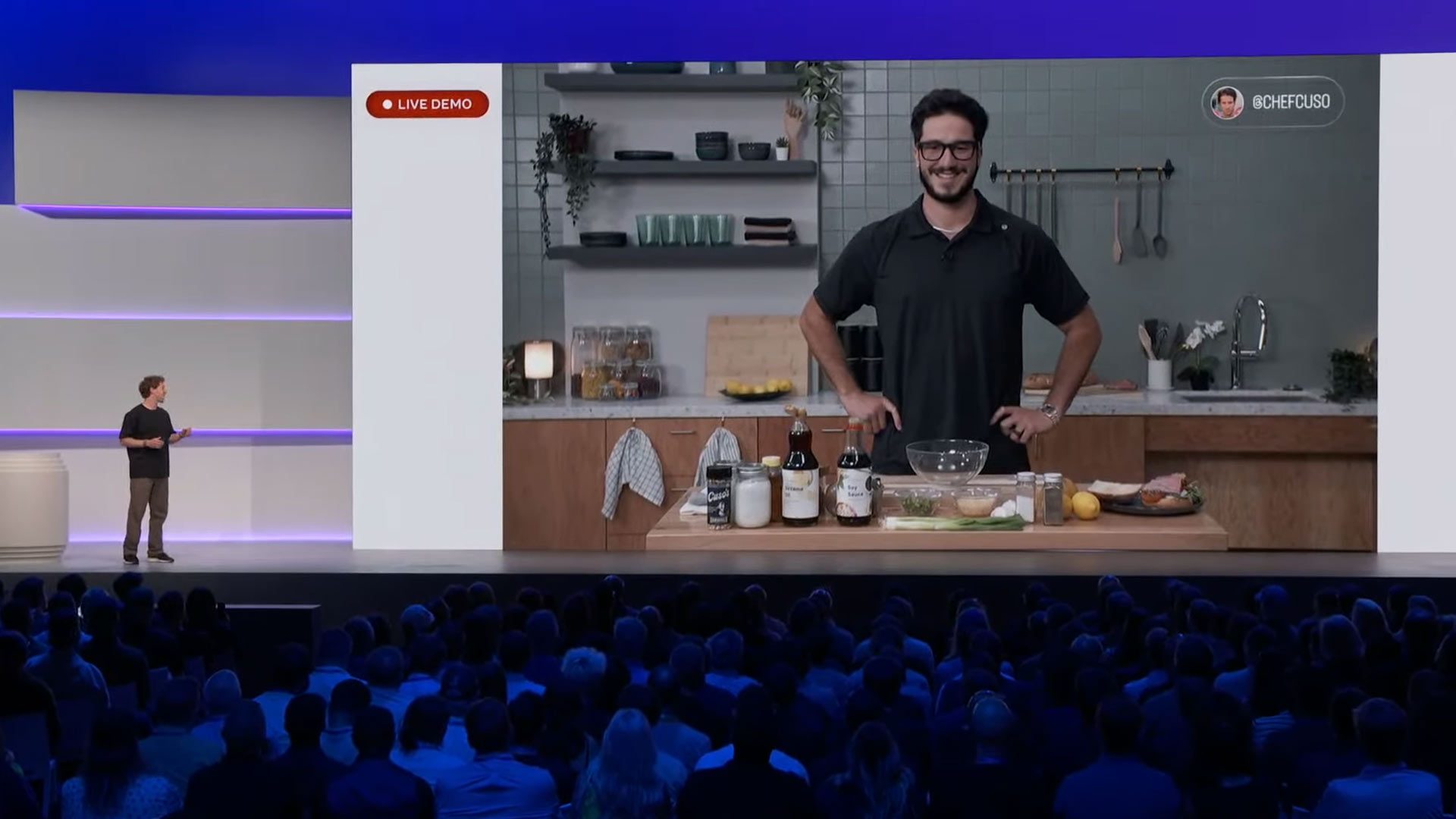
Meta CEO Mark Zuckerberg’s keynote at this year’s Connect wasn’t exactly smooth—especially if count two big hiccups that sidetracked live demos for both the latest Ray-Ban Meta smart glasses and the new Meta Ray-Ban Display glasses.
Ray-Ban Meta (Gen 2) smart glasses essentially bring the same benefits as Oakley Meta HSTN, which launched back in July: longer battery life and better video capture.
One of the biggest features though is its access to Meta’s large language model (LLM), Meta AI, which pops up when you say “Hey Meta”, letting you ask questions about anything, from the weather to what the glasses camera can actually see.
As part of the on-stage demo of its Live AI feature, which runs continuously instead of sporadically, food influencer Jack Mancuso attempted to create a Korean-inspired steak sauce using the AI as a guide.
And it didn’t go well, as Mancuso struggled to get the Live AI back on track after missing a key step in the sauce’s preparation. You can see the full cringe-inducing glory for yourself, timestamped below:
And the reason behind it is… well, just dumb. Jake Steineman, Developer Advocate at Meta’s Reality Labs, explained what happened in an X post:
So here’s the story behind why yesterdays live #metaconnect demo failed – when the chef said “Hey Meta start Live AI” it activated everyone’s Meta AI in the room at once and effectively DDOS’d our servers 🤣
That’s what we get for doing it live!
— Jake Steinerman 🔜 Meta Connect (@jasteinerman) September 19, 2025
Unfortunate, yes. But also pretty foreseeable, especially considering the AI ‘wake word’ gaffe has been a thing since the existence of Google Nest (ex-Home) and Amazon Alexa.
Anyone with one of those friendly tabletop pucks has probably experienced what happens when a TV advert includes “Hey Google” or “Hey Alexa,” unwittingly commanding every device in earshot to tell them the weather, or even order items online.
What’s more surprising though: there were enough people using a Meta product in earshot to screw with its servers. Meta AI isn’t like Google Gemini or Apple’s Siri—it doesn’t have OS-level access to smartphones. The only devices with default are the company’s Ray-Ban Meta and Oakley Meta glasses (and Quest if you opt-in), conjuring the image of a room full of confused, bespectacled Meta employees waiting out of shot.
As for the Meta Ray-Ban Display glasses, which the company is launching in the US for $799 on September 30th, the hiccup was much more forgivable. Zuckerberg was attempting to take a live video call from company CTO Andrew Bosworth, who after several missed attempts, came on stage to do an ad hoc simulation of what it might have been like.
Those sorts of live product events are notoriously bad for both Wi-Fi and mobile connections, simply because of how many people are in the room, often with multiple devices per-person. Still, Zuckerberg didn’t pull a Steve Jobs, where the former Apple CEO demanded everyone in attendance at iPhone 4’s June 2010 unveiling turn off their Wi-Fi after an on-stage connection flub.
You can catch the Meta Ray-Ban Display demo below (obligatory cringe warning):

